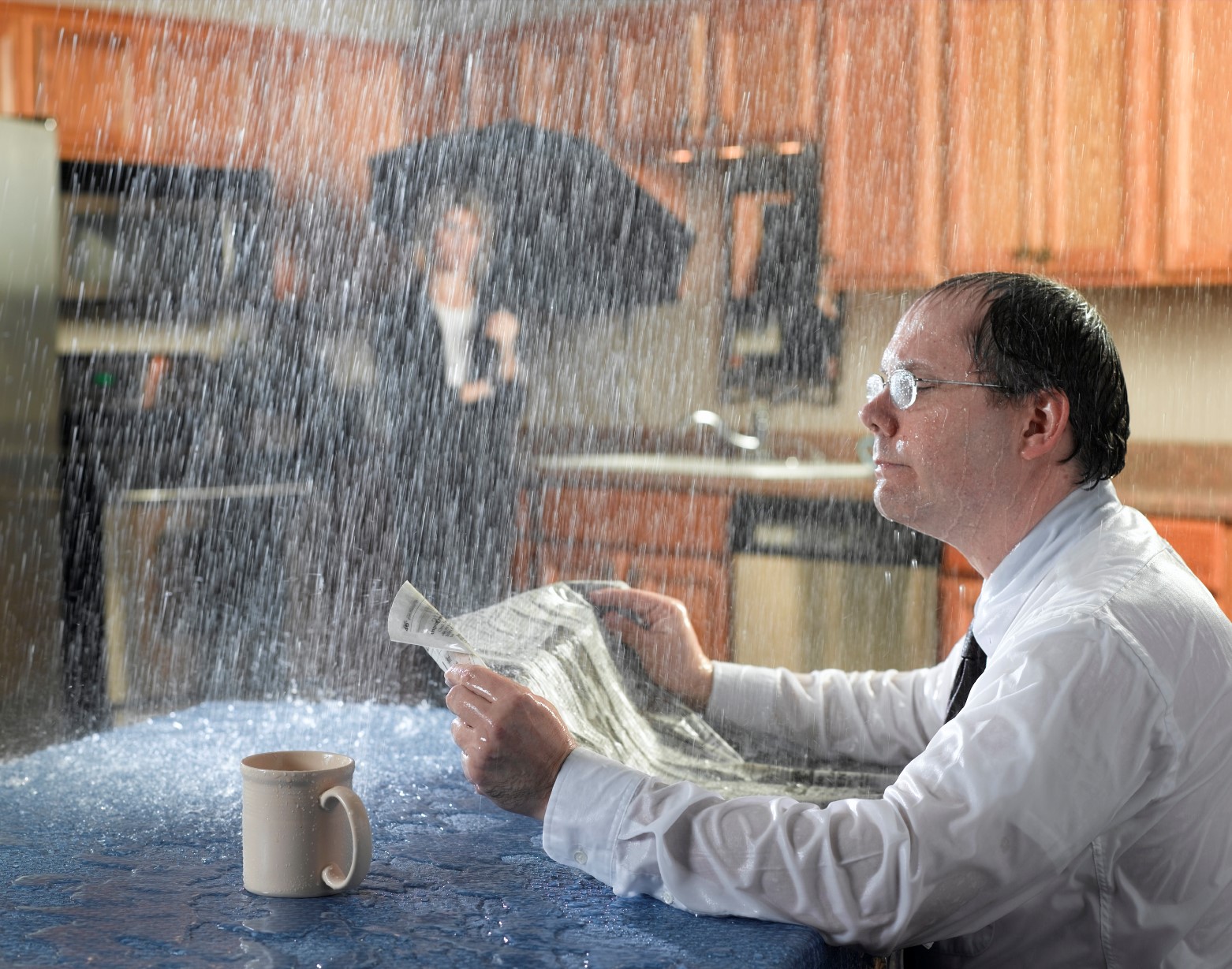Your House's Most Frequent Causes of Leak Problems: Thorough Investigation
Your House's Most Frequent Causes of Leak Problems: Thorough Investigation
Blog Article
Nearly everybody seems to have their own ideas involving How to Find Water Leaks.

Leakages not only trigger waste of water yet can additionally create unneeded damages to your residence as well as promote unwanted organic growth. Water leakages could go unnoticed since many of the pipework in our home is hidden. By looking as well as recognizing for everyday situations that trigger leaks, you can secure your residence from future leaks and also unneeded damages. Today, we will consider 6 leak causes that might be causing your pipes to drip.
Encroaching roots
The majority of water leakages start outside your house as opposed to inside it. If you see an abrupt reduction in water pressure, state in your tap, take some time to go out as well as examine your lawn. You might discover wet spots or sinkholes in your lawn, and that might indicate that tree origins are invading water lines causing water to seep out. You can have your plumber look for intrusion, particularly if you have trees or hedges near your residential or commercial property.
Rusty water systems
This may be the reason of staining or bending on your water pipelines. If our plumbing system is old, take into consideration replacing the pipes since they are at a greater danger of rust than the newer versions.
Defective Pipe Joints
The point at which your pipes attach is frequently the weakest link in the waterline. Pipe joints can wear away over time, leading to water leakages. Sadly, the majority of pipe joints are not quickly noticeable. If you have loud pipelines that make ticking or banging sounds, particularly when the hot water is turned on, your pipeline joints are most likely under a great deal of stress. It is a good idea to have your plumber inspect your system once a year.
Instant temperature adjustments.
Extreme temperature adjustments in our pipes can trigger them to broaden as well as get all of a sudden. This development and tightening might trigger splits in the pipelines, particularly if the temperature are below freezing. If you kept an eye on exactly how your plumbing functions, it would be best. The visibility of the formerly discussed circumstances often suggests a high danger.
Poor Water Connectors
Sometimes, a leakage can be triggered by loosened hose pipes as well as pipelines that supply your devices. Generally, moving is what triggers the loosened water Links. You might discover when it comes to a cleaning machine, a hose might spring a leakage because of drinking during the spin cycle. In case of a water connections leak, you may see water running straight from the supply line or pools around your devices.
Obstructed Drains
Blocked drains pipes might be frustrating and inconveniencing, but they can occasionally wind up creating an overflow resulting in burst pipes. Keep eliminating any type of materials that may decrease your drains pipes that can clog them to stay clear of such troubles.
All the above are reasons for leakages but not all water leaks result from plumbing leakages; some leakages could originate from roofing leakages. All leakages must be fixed quickly to avoid water damages.
Leakages not just create waste of water however can additionally create unneeded damage to your home and promote unwanted organic growth. By understanding and looking for day-to-day circumstances that create leaks, you can shield your home from future leaks and also unneeded damage. Today, we will certainly look at 6 leakage causes that may be triggering your pipelines to drip.
At times, a leak can be triggered by loosened hose pipes as well as pipelines that provide your appliances. In instance of a water links leak, you may notice water running straight from the supply line or pools around your appliances.
How To Check For Water Leak In Your Home
How To Check for Leaks
The average household's leaks can account for nearly 10,000 gallons of water wasted every year and ten percent of homes have leaks that waste 90 gallons or more per day. Common types of leaks found in the home are worn toilet flappers, dripping faucets, and other leaking valves. These types of leaks are often easy to fix, requiring only a few tools and hardware that can pay for themselves in water savings. Fixing easily corrected household water leaks can save homeowners about 10 percent on their water bills.
To check for leaks in your home, you first need to determine whether you're wasting water and then identify the source of the leak. Here are some tips for finding leaks:
Take a look at your water usage during a colder month, such as January or February. If a family of four exceeds 12,000 gallons per month, there are serious leaks.
Check your water meter before and after a two-hour period when no water is being used. If the meter changes at all, you probably have a leak.
Identify toilet leaks by placing a drop of food coloring in the toilet tank. If any color shows up in the bowl after 10 minutes, you have a leak. (Be sure to flush immediately after the experiment to avoid staining the tank.)
Examine faucet gaskets and pipe fittings for any water on the outside of the pipe to check for surface leaks.
Undetected water leaks can happen without the home or business owner even realizing. If you suspect a water leak, but not able to find the source. It is time to contact a professional water leak detection service, The Leak Doctor.
How To Find a Water Leak In Your Home
https://www.leakdoctor.com/blog/How-To-Check-For-Water-Leak-In-Your-Home_AE197.html

As a passionate reader on How Fast Water Damage Can Ruin Your Home, I was thinking sharing that section was a good thing. Please take the opportunity to distribute this post if you liked it. Many thanks for your time spent reading it.
Top Article Report this page